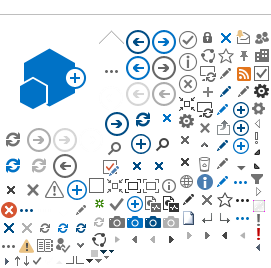How is MilTICK SURE Path different from MilTICK?
Most MilTICK testing is completed during the summer and fall months, April to October, while MilTICK SURE Path testing is completed during the “off season," typically November to March.
MilTICK tests for-
|
MilTICK SURE Path tests for-
|
|---|
Pathogens that are more likely to cause disease in humans, including: - Anaplasmosis
- Babesiosis
- Ehrlichiosis
- Lyme disease
- Spotted fever group Rickettsiosis
| Rare pathogens that could cause diseases in humans, including:
- Novel spotted fever group Rickettsiosis
- Powassan virus
- Tularemia
| | |
MilTICK defines rare pathogens as disease-causing organisms found in ticks that result in fewer than 200 human cases in the U.S. each year. Rare pathogens are monitored through tick-borne disease reporting by the Centers for Disease Control and Prevention (CDC).

Most MilTICK tick samples are submitted and tested in the summer and fall months, April to October.
What happens if a tick tests positive for a rare pathogen?
If a MilTICK SURE Path tick tests positive for a rare pathogen, a second test will be performed to confirm the infection status. The VBD team may collaborate with other federal laboratories to conduct more sensitive and specific molecular tests.
When a positive test is confirmed, the following will be notified:
- The point of contact listed on the original MilTICK submission form. The submitting clinic will notify the beneficiary who submitted the tick to the installation POC.
- The installation public health leadership.
- The Defense Health Network leadership.
Notifications describe the disease-related threat, the MilTICK SURE Path process, and suggestions on how to proceed.
The impact of the MilTICK SURE Path Program
The identification of the rare pathogen provides clinic and public health leadership critical information to better understand emerging tick-borne disease risks at their installation and promote timely actions to mitigate the threat. Providing this information may also enable beneficiaries to work with their health care providers and receive guidance on how to navigate potential exposures to rare pathogens.
When a MilTICK SURE Path pathogen is confirmed, the following actions may be taken:
| Clinic Leaders |
Public Health Leaders
|
MilTICK Program Staff
|
Raise awareness of rare tick-borne disease symptoms among clinic staff | Alert state and local public health officials of the positive result Work with public health and/or entomology experts to conduct tick surveillance activities
| Implement additional “spot testing” of ticks from installations where rare threats may develop
|
